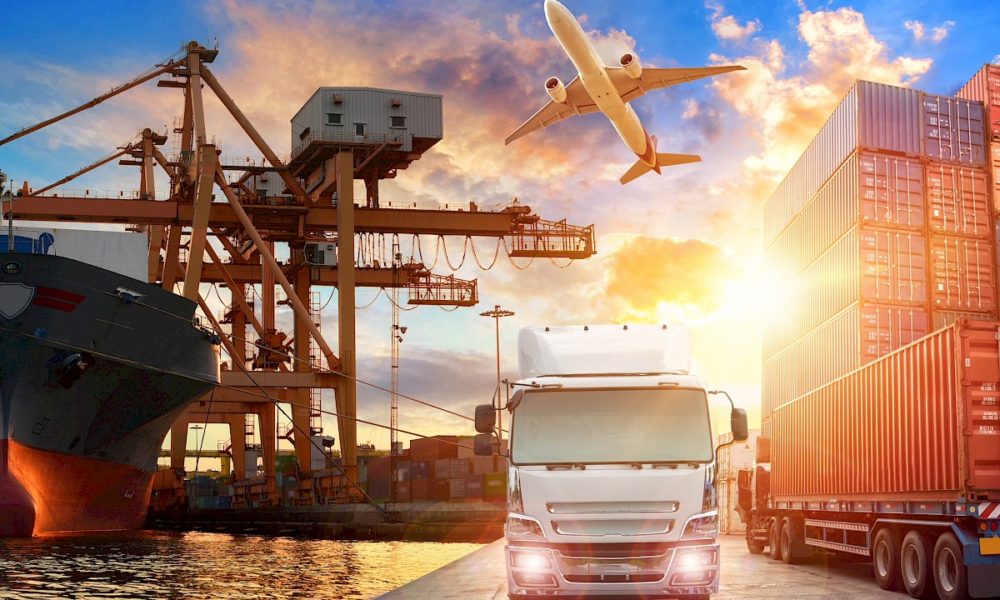In the fast-paced, hyper-connected business landscape of today, supply chains are what keep the world spinning. Without supply chains, you would walk into the store only to see empty shelves. Even more where you were hoping to find products.
But these complex structures come with some inherent risks. These four types of supply chain disruptors demonstrate there are a wide variety of things that can happen to get in the way of regular operations. It should become clear that not all issues are predictable with exact certainty. Which makes timely response that much more challenging.
Contagious Diseases Supply Chain
It’s not often that you get to write about something as evidence while it’s still in current events. But this is the case when it comes to contagious diseases, such as the coronavirus, affecting supply chains. The outbreak of the coronavirus in China made it clear that many firms had a real problem with their supply chains. A lot of these organizations, according to Harvard Business Review, only sourced certain goods from China, which makes sense considering the nation produces so much in terms of exports.
As already stated, it’s important to have more than one supplier to ensure supply chains don’t break down when an issue gets in the way. Enterprises need to have their fingers constantly checking the pulse of what’s going on with suppliers. Being hands-on and proactive, and even telling suppliers what you need them to do in order to keep purchasing their goods, can keep lines open.
Wars and Geopolitics
Wars and other geopolitical issues can be devastating to supply chains. Oftentimes, organizations are totally caught off guard by these things. It’s simply not safe for companies to try running supply chains in really tense situations, particularly warzones.
It might seem like this is an unavoidable fact of life. While this is true in some cases, enterprises should take steps to reduce the impact—and chance—of having to deal with a geopolitical disruption. It’s essential for businesses to research areas where they’re setting up distribution channels before dedicating to operations there. Having a deep understanding for local cultures should be a guiding principle here.
Natural Disasters
People often equate natural disasters with losing their home or being tragic in terms of human loss. Natural disasters such as tornados, hurricanes, tsunamis, earthquakes, and fires are so feared because of this human toll. But these disasters also majorly impact businesses and entire industries.
In the United States, there have been more than 240 natural disasters that have caused over $1 billion in damage since 1980. That damage can lead to huge impediments in necessary supply chains. The best way to keep these supply chains intact during times when primary suppliers are cut-off is to have more than one source.
Disasters can also lead to extreme prices surges due to increased demand and lack of supply. This is another reason why it’s essential to have backup suppliers before disaster strikes.
Logistics Failures
There are countless ways things can go wrong when supplies are in transit. Goods can be stolen from shipping crates or warehouses; either due to external or internal threats. But it’s also important to think of the kind of disruption that happens when a newcomer rocks an industry with a new way of doing business. Such as Uber in the transportation world. Disruption happens when people ignore supply chain analytics.
Digging into analytics is one of the best ways to get a clearer idea of what the future might hold for a business.
And what factors could affect “business as usual.” Advanced platforms on the market today offer strong self-service analytics built around artificial intelligence. This allows layman users to gain insights from analytics that otherwise never would have been uncovered. Democratizing data like this can help enterprises stay ahead of disruptions and understand their underlying conditions.
It’s not fun to think of all the things that can go wrong with a business. But that’s simply what needs to be done in order to ensure sustained performance. All enterprises that rely heavily on an unbroken supply chain should take note of these disruptions and how to fix them.
